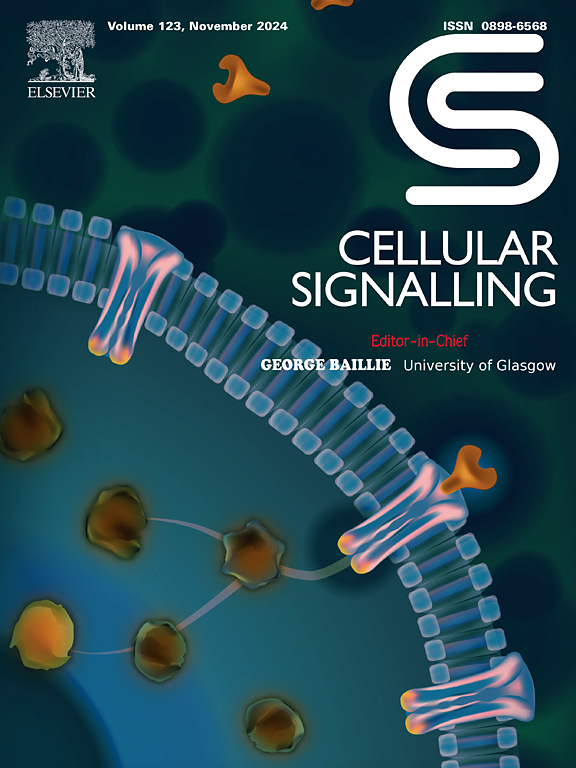Decoding intricate interactions between m6A modification with mRNAs and non-coding RNAs in cervical cancer: Molecular mechanisms and clinical implications
IF 4.4
2区 生物学
Q2 CELL BIOLOGY
引用次数: 0
Abstract
N6-methyladenosine (m6A) methylation is the most prevalent RNA modification that is regulated by three regulatory factors: “writers”, “erasers” and “readers”. m6A modification regulates RNA stability and other mechanisms, including translation, cleavage, and degradation. Current research has demonstrated that m6A methylation is involved in the regulation of occurrence and development of cancers by controlling the expression of cancer-related genes. This review summarizes the role of m6A modification on messenger RNAs (mRNAs) and non-coding RNAs (ncRNAs) in cervical cancer (CC). We highlight the dual role of m6A regulatory factors, which act as oncogenes or tumor suppressors depending on the cellular context and downstream targets. Additionally, we examine how ncRNAs reciprocally regulate m6A modification in two ways: by guiding the deposition or removal of m6A modifications on RNA targets, and by modulating the expression of m6A regulatory factors. These interactions further contribute to tumor progression. Furthermore, the therapeutic potential of targeting m6A modification has been emphasized in CC. Moreover, recent advances in small-molecule inhibitors targeting m6A regulators and RNA-based therapies which may offer new treatment strategies have been summarized. Finally, we discuss the current challenges in m6A modification research and provide suggestions for future research directions. This review aims to deepen the understanding of m6A modification in CC and contribute to the development of targeted and personalized treatment strategies.
解码宫颈癌中m6A修饰与mrna和非编码rna之间复杂的相互作用:分子机制和临床意义
n6 -甲基腺苷(m6A)甲基化是最普遍的RNA修饰,受“写子”、“擦子”和“读子”三种调控因子的调控。m6A修饰调节RNA稳定性和其他机制,包括翻译、切割和降解。目前的研究表明,m6A甲基化通过控制癌症相关基因的表达,参与了癌症发生发展的调控。本文综述了m6A修饰对信使rna (mrna)和非编码rna (ncRNAs)在宫颈癌(CC)中的作用。我们强调了m6A调节因子的双重作用,根据细胞背景和下游靶标,m6A调节因子可以作为癌基因或肿瘤抑制因子。此外,我们研究了ncRNAs如何通过两种方式相互调节m6A修饰:通过指导m6A修饰在RNA靶标上的沉积或去除,以及通过调节m6A调节因子的表达。这些相互作用进一步促进了肿瘤的进展。此外,针对m6A修饰的治疗潜力在CC中得到了强调。此外,本文还总结了针对m6A调节因子的小分子抑制剂和基于rna的治疗方法的最新进展,这些研究可能提供新的治疗策略。最后,讨论了当前m6A改性研究面临的挑战,并对未来的研究方向提出了建议。本综述旨在加深对CC中m6A修饰的理解,并有助于制定针对性和个性化的治疗策略。
本文章由计算机程序翻译,如有差异,请以英文原文为准。
求助全文
约1分钟内获得全文
求助全文
来源期刊

Cellular signalling
生物-细胞生物学
CiteScore
8.40
自引率
0.00%
发文量
250
审稿时长
27 days
期刊介绍:
Cellular Signalling publishes original research describing fundamental and clinical findings on the mechanisms, actions and structural components of cellular signalling systems in vitro and in vivo.
Cellular Signalling aims at full length research papers defining signalling systems ranging from microorganisms to cells, tissues and higher organisms.
 求助内容:
求助内容: 应助结果提醒方式:
应助结果提醒方式:


